Getting the most from steam control valves
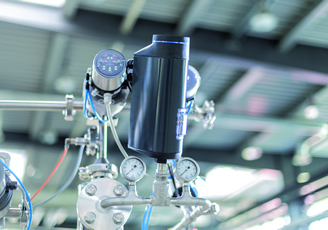
The components used to manage manufacturing and cleaning processes in hygienic applications are depended on a lot, especially the process controls in industries such as the food and beverage sector. Choosing the right steam control valve can bring a number of benefits including precision, reliability, minimal maintenance and durability in challenging environments.
Mark Lilley, Field Segment Manager, Hygienic Food and Beverage at Bürkert Fluid Control Systems, explained the benefits of making an informed decision when it comes to general purpose steam control valves.
Steam control valves play a vital role in food processing and as such are usually located in areas that require hygiene standards to be maintained both through external cleaning processes and internal sterilisation methods. The most common material used in these environments is stainless steel, which is widely regarded as a strong material that has good chemical resistance properties and is easily cleaned. Furthermore, stainless steel does not require painting in order to maintain a hygienic surface, which is so important in this industrial sector.
While external design is important, the precision and reliability of a control valve is determined by the internal design and construction, which is established by the expertise of the engineers who created the valve. A more traditional approach uses a diaphragm which requires a larger surface area to operate and consequently the valve housing is much larger and heavier. In contrast, a piston actuator requires a much more compact footprint, requires less material and is more efficient in terms of air consumption.
Precision and reliability are crucial in any control system and the designers at Bürkert have used high-gloss, polished valve stems to minimise friction and maximise the service life of the automatic, self-adjusting seals. In addition, the valve stroke position feedback transducer is not only integrated within the valve, but is also contact-less. Consequently, it never blocks or wears out, and always remains accurate because it measures the linear stroke motion directly without conversion. Finally, because the feedback transducer is fully protected inside the valve, the requirement for external linkages, nuts, bolts and connections is eliminated, maintaining the clean lines of the exterior valve casing.
The actual control process is usually operated pneumatically and this can introduce further challenges in terms of hygienic performance and durability. There is a significant potential for ambient air to be drawn into the actuator, where it can lead to corrosion and biological growth that may contaminate the system under control.
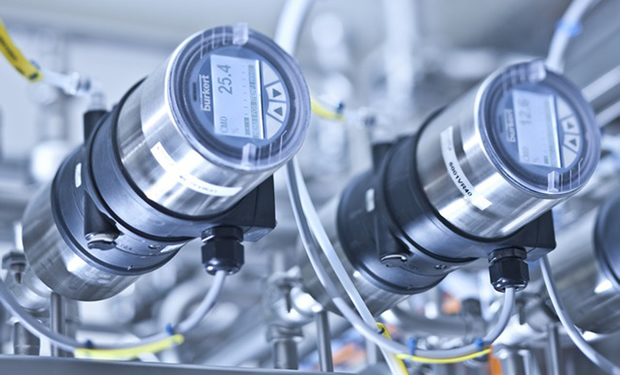
Bürkert designers have completely removed these risks and improved on the traditional concept of reliability with the development of the ELEMENT valve controller. For each operation, clean and dry control air is deliberately flushed into all areas of the actuator, ensuring that, unlike traditional solutions, ambient air is never drawn into the spring chambers and surrounding voids. This extends the valve’s reliability and life, at the same time maximising process availability for the valve user. In addition, since no impurities or moisture are drawn into the actuator, there can be no corrosion of the springs inside the actuator. The same feature also prevents the risk of biological growth, which could result in contamination of the process environment as a whole.
Attention to detail is crucial when designing innovative products, and Bürkert has some best-in-class design features which deliver market-leading process availability. This includes a defence against the ingress of airborne contaminants which is provided by diverting a small amount of clean control air into the control head, maintaining a slight positive pressure, thus achieving a simple, innovative and class-leading solution.
Bürkert Fluid Control Systems has been at the forefront of developing the technology required to make these significant steps in process control design. The ELEMENT range of intelligent control valves has been specifically designed for hygienic applications with many features that will benefit the food processing industry.
Air operation can also be replaced with electromotive actuation.
In clean room applications where full wash-down protection may not be required the new electromotive process valve heads from Bürkert offer precision control without the need for compressed air. The new valves are designed as a complete unit and provide a robust, highly efficient solution suitable for hygienic applications where reliability and precision are key factors.
The actuator can be specified with an HMI display module that offers a rugged screen and buttons for configuring the valve settings. For a more basic application, the HMI can be omitted and the fundamental functions of the valve can be operated via a series of four DIP switches and two buttons located under a cover on the top of the valve. The new range is also compatible with the ELEMENT valve housings allowing both new and existing pneumatic systems to be converted to electromotive.
These products are all supported by a number of experienced designers and engineers, on hand to provide expert advice in designing and installing a new system. Bürkert has solutions for all options, with no bias towards one or the other, just a commitment to delivering the best value and long term reliability.
Similar articles
More from BÜRKERT
- Solenoid valve tackles dezincification and water hammer 10th July 2020
- Process control valves – making the right choice 13th January 2020
- AstraZeneca saves time and space with process controls 16th September 2019
- Fuel cells - controlling the energy of the future 8th August 2019

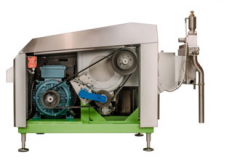
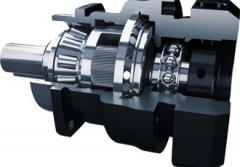
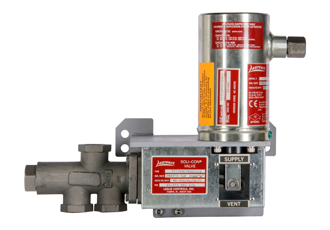
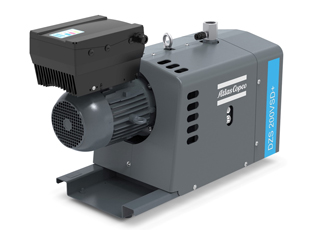







Write a comment
No comments